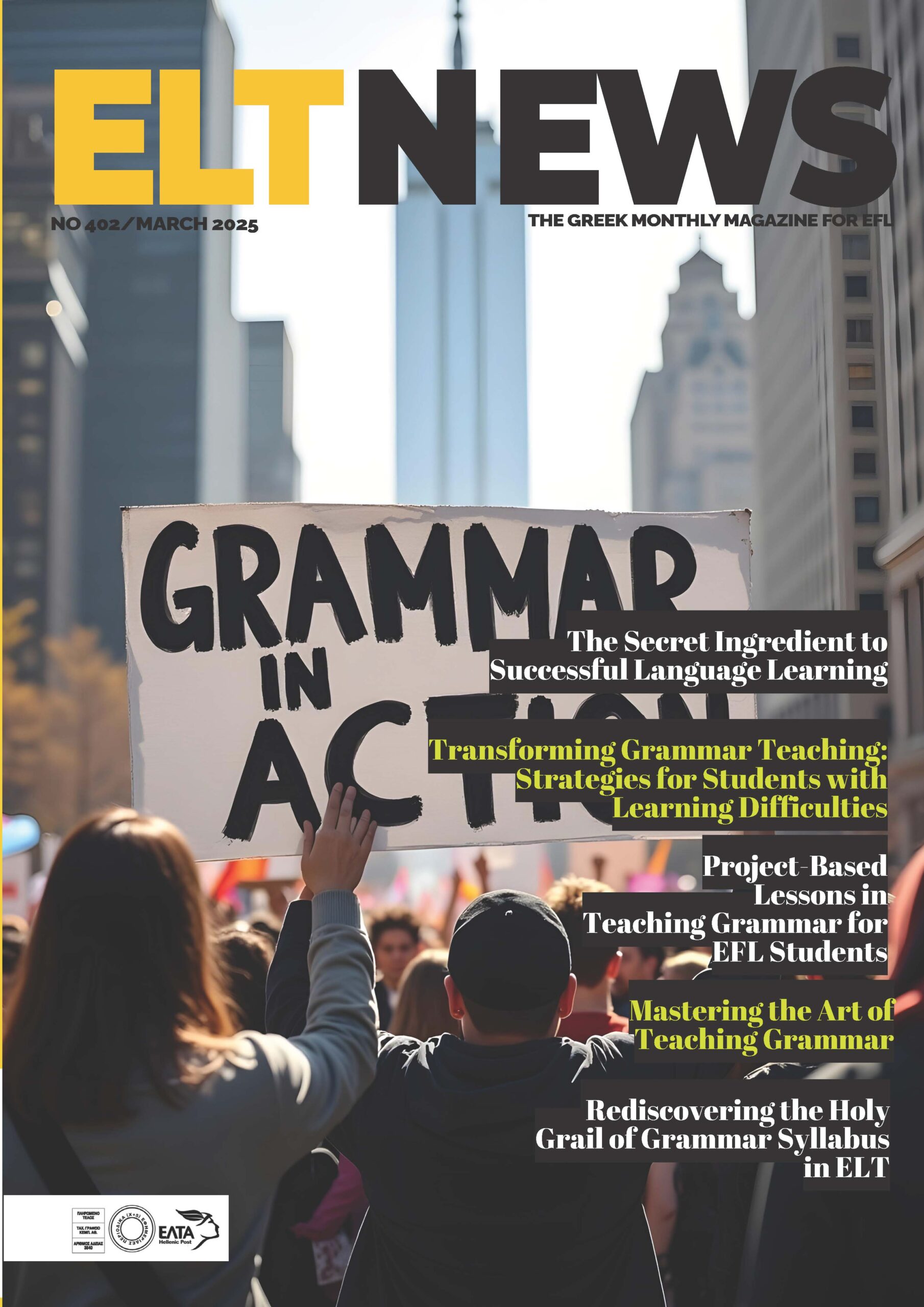You Can Teach Grammar, But Can You Make Students Learn It?
There’s an old saying: “You can lead a horse to water, but you can’t make it drink.” This is especially true in education, particularly when it comes to teaching grammar. Teachers can explain the rules, provide examples, and assign exercises, but learning grammar requires active engagement from students. Despite their teachers' best efforts, many students find grammar tedious or unnecessary. This raises an important question: If grammar is so essential, why do so many students struggle to learn it?
Why Grammar Matters
Grammar is the backbone of language. It gives structure and clarity, ensuring that communication is precise and effective. Even native speakers can struggle to express themselves clearly without a solid grasp of grammar. For non-native speakers, understanding grammar is even more crucial, as it provides a roadmap through a language filled with inconsistencies and exceptions.
Yet, grammar remains one of the hardest subjects to teach and learn. Unlike subjects like history or science, where students can memorize facts, grammar requires ongoing practice and real-world application. Knowing the rules isn’t enough—students need to use them correctly in their writing and speech.
The Struggles of Teaching Grammar
One of the biggest challenges teachers face is student resistance. Many students find grammar boring, confusing, or irrelevant to their daily lives. The numerous rules and exceptions make it seem complicated, and some students assume that as long as they can communicate, grammar doesn’t matter.
Traditional teaching methods often don’t help. If lessons focus too much on memorization and drills without real-world connection, students may tune out. For instance, simply identifying parts of speech in a sentence doesn’t necessarily help students understand how grammar improves communication. When lessons feel abstract and disconnected from everyday use, students are less likely to engage.
Making Grammar Engaging and Relevant
To help students truly grasp grammar, teachers need to make it more accessible and meaningful. One effective strategy is to incorporate grammar into writing and speaking activities. Instead of teaching grammar in isolation, teachers can demonstrate how proper grammar improves self-expression.
For example, instead of just memorizing prepositions, students can write short stories that require them to use a set number of prepositions. This approach shows students how grammar plays a role in storytelling and communication.
Technology can also help make learning more interactive. Grammar-based games, online quizzes, and peer-editing exercises can engage students and provide instant feedback. When students see immediate results, they’re more likely to remember and apply what they’ve learned.
Motivation: The Key to Learning Grammar
Even the best lessons won’t work if students aren’t motivated. Some students naturally enjoy language and structure, while others need extra encouragement. Teachers can spark interest by connecting grammar to students’ passions—whether that’s song lyrics, favorite TV shows, or video game dialogue.
Another way to inspire students is to show them the real-world benefits of strong grammar skills. Good grammar can improve job prospects, college applications, and even social media interactions. When students see how grammar can make a difference in their lives—like writing a clear email or impressing a teacher with a well-structured essay—they may be more willing to engage.
The Reality of Teaching
Despite all these efforts, some students will still resist learning grammar. Just as you can’t force a horse to drink, you can’t force a student to internalize grammar rules. Learning requires effort, and not every student will put in the work. But that doesn’t mean teaching grammar is pointless. Teachers must accept that not every student will master grammar at the same pace or with the same enthusiasm.
Instead of striving for perfection, educators should focus on progress. If a student improves their writing clarity and confidence, that’s a success—even if they don’t master every rule. Language evolves, and even skilled writers make mistakes. The goal of grammar instruction isn’t perfection; it’s effective communication.
Conclusion
Teaching grammar is a tough but essential task. Teachers can provide students with the tools to learn, but they can’t force them to use those tools. To make grammar instruction more effective, educators should make lessons engaging, relevant, and interactive. However, learning ultimately rests in the hands of the students. Some may resist, but with the right approach, many will start to see the value of mastering the language they use every day.
